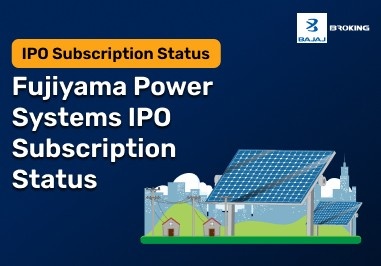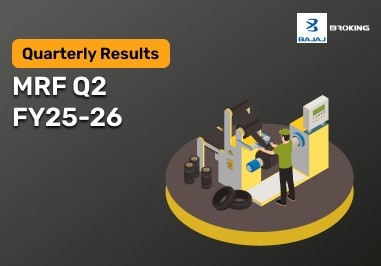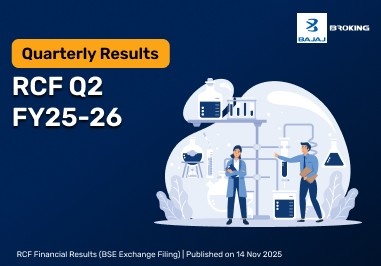Retirement planning is about developing a plan that provides a steady stream of income and controls market risk exposure. Corporate bonds can play a significant role in this process because of their periodic interest payments and low price volatility relative to equities. Companies issue them to raise capital and, as a quid pro quo, offer periodic interest payments and gains on principal at maturity. This secure source of income proves useful, particularly in retirement, where steady cash flow is paramount. Adding these to a diversified portfolio assists in risk balancing and supplementing income requirements after active earnings cease.
Though these are quite stable, they are not completely risk-free. They are also exposed to the risk of credit, increasing interest rates, and inflation. However, the risks can be contained through the choice of strong, investment-grade company-issued bonds and through diversification in the sectors and maturities of investments. These are bricks that assist in supporting capital preservation and planning for income for individuals nearing or already in retirement. Properly planned, they keep long-term economic objectives free from overreliance on risky investments.
What are Corporate Bonds?
Corporate bonds are securities offered by companies to raise capital from investors. When an investor buys a corporate bond, he or she is essentially providing money to the issuing company. For this, the company agrees to pay interest periodically, at a fixed or floating rate, for some time. After the end of its term, i.e., maturity date, the company pays back the sum borrowed in the first place, which is also known as the principal.
These are further graded by the credit rating agencies that analyze the issuer's financial situation and credit grade. A high credit grade equals lower risk and vice versa. A lower grade corresponds to higher default risk, and thus greater risk. These numbers tell the investors which among these bonds are suited for them on the risk category and holding duration basis.
These differ from company shares and government securities. They do not provide company ownership like equities, nor provide fixed interest payments like government bonds, but instead are likely to provide higher interest payments depending on variations in credit risk. The combination of secure income and comparatively low risk makes corporate bonds the ideal option for investors seeking to build an appropriately diversified portfolio, especially where regular cash flow is being targeted in medium and long-term planning.
Why Include Bonds in Your Retirement Portfolio?
Including bonds in a retirement portfolio can offer several key benefits that enhance financial security and reduce risk. Here’s why they can be a valuable addition to your investment strategy:
Stable Income Stream:
Bonds receive ordinary interest income, which can replace active income in retirement. The consistent cash flow satisfies day-to-day consumption without needing to sell other resources.
Reduced Market Volatility Exposure:
Corporate bonds are less price volatile to changes than stocks. With this reduced price volatility, the portfolio benefits from more stability in retirement, particularly in an uncertain economy.
Portfolio Diversification:
Including bonds in a retirement scheme increases asset diversification. During periods when the equity market performs badly offsets overall performance by reacting differently to market conditions.
Capital Preservation:
Highly rated companies' debt securities are usually employed in retirement to invest capital. Based on this fact alone, these securities can be made useful to retirees who do not desire to invest aggressively in an attempt to increase wealth but desire to preserve wealth only.
Planned Cash Flow through Staggered Maturities:
Having a laddered portfolio of various frequencies of maturities of bonds can also ensure that the investment payments fall in line with future cash needs, such that the investor can have greater control of retirement incomes.
These features make corporate bonds a practical component of retirement planning, offering income, stability, and risk management within a well-rounded portfolio.
Key Risks to Watch
While corporate bonds can be an important part of retirement planning, investors need to understand the risks involved:
Credit Risk:
If the issuing company is financially troubled, it can default on its bond payments, resulting in a loss of income or even principal. Analysing the financial well-being and credit rating of the issuing company lowers this risk.
Interest Rate Risk:
As interest rates go up, outstanding bonds lose their value. New ones are now sold at higher interest rates, and older ones sold at lower interest rates lose their appeal to investors. Thus, the value of outstanding bonds declines, particularly if sold ahead of their time of expiration.
Liquidity Risk:
Some are more difficult to resell on the secondary market directly at a discount. They are more prevalent in the case of smaller company bonds or lower-grade credits, which will restrict access to cash if immediate.
Inflation Risk:
Since corporate bonds have fixed interest rates, inflation would erode the purchasing power of the payments in the long term. As costs increase, living expenses rise, and with that, the purchasing power of fixed income diminishes, lowering the real gain on the bond.
Understanding these risks is crucial for making informed investment decisions and ensuring bonds align with retirement goals.
Ways to Reduce Risk
To protect your retirement portfolio and manage bond-related risks, consider the following strategies:
Diversify Across Issuers:
To lower the risk that one company's financial distress lowers your portfolio, spread holdings across numerous issuers and industries. This minimizes the possibility of default by any single issuer.
Opt for Investment-Grade Bonds:
Invest in higher credit-rated bonds issued by financially healthy companies. Investment-grade ones are safer and more stable since they are less likely to default than lower-rated ones.
Use a Laddering Strategy:
By investing your money in staggered-maturity bonds, you can minimize interest rate risk and reinvestment risk. By having them mature on varying dates, you can utilize the funds from the earlier maturing bonds to invest in newly issued prevailing rates of interest so that your yields will be even.
Monitor Credit Ratings:
Periodically monitor the credit ratings of the companies where you have invested. Credit rating agencies publish periodic updates that could alert you to future issues that can increase the likelihood of default. Being aware beforehand allows you to make corresponding adjustments to your bond portfolio.
Consult a Financial Advisor:
An investment advisor can lead you through the intricacies of investing in bonds, with tailored advice specific to your own retirement goals. Their professional insights can help you create a diversified, risk-managed bond portfolio.
By incorporating these strategies, you can better protect your investments and reduce exposure to unnecessary risks.
Conclusion
Having corporate bonds in a retirement portfolio can provide discipline, stability, and a steady stream of income, and thus, they are a vital asset for long-term financial health. Though risky, since they involve credit, interest rate, and inflation risk, a diversified bond portfolio can offset these risks. They plug the holes in other investments by serving as a protection against the uncertainties of the market, something especially appreciable in retirement when capital preservation is a necessity. Knowledge of how bonds operate, their risks, and how to incorporate them into a retirement plan can serve to ensure that they have their optimal function of keeping finances on an even keel.















